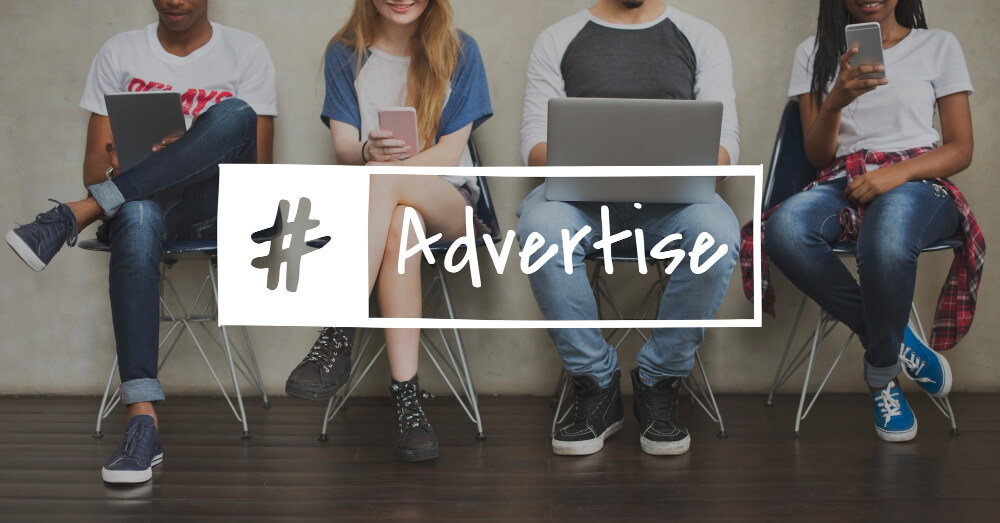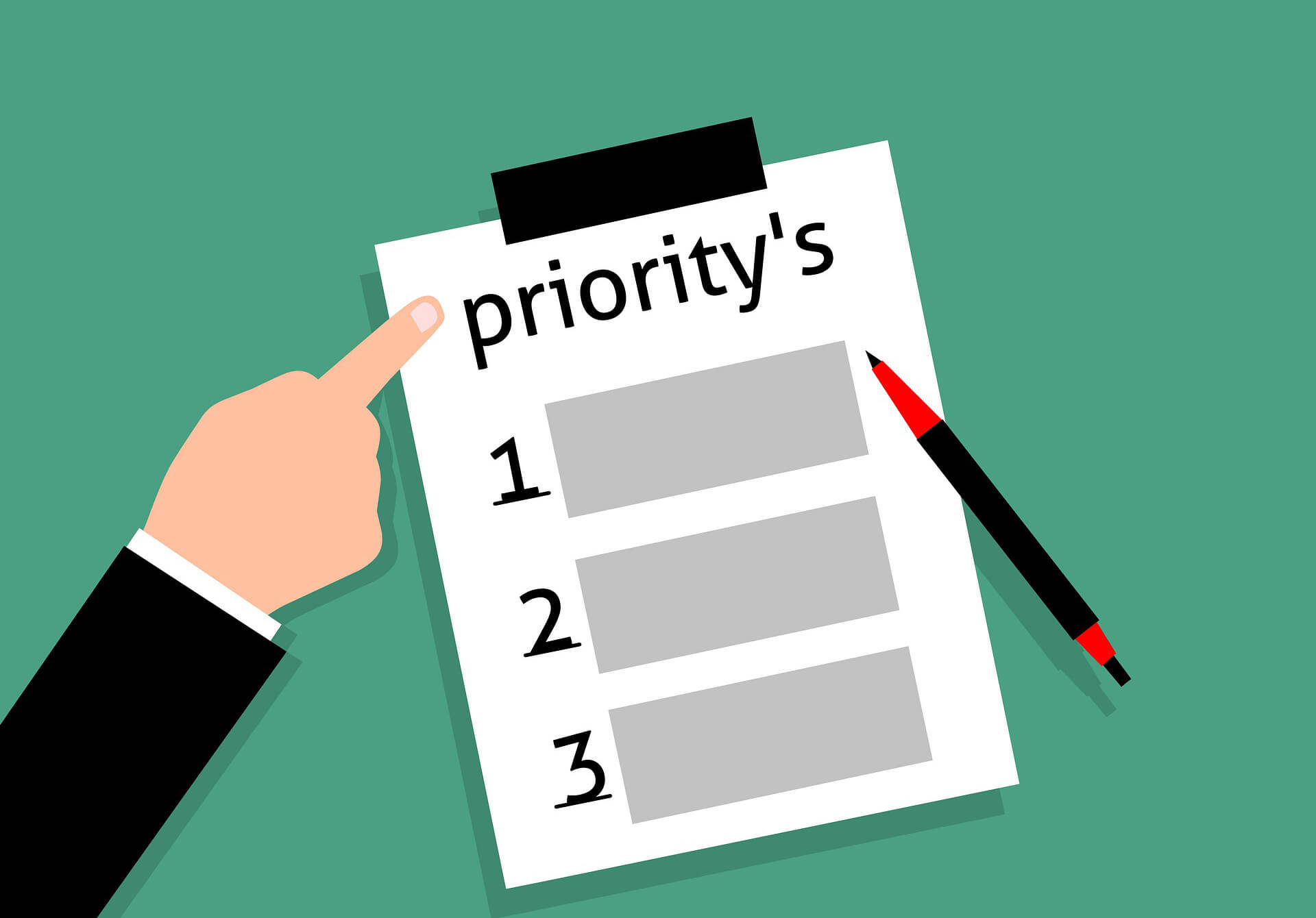Some Technical Writers like to use numbers in dividing up sections within a document and some do not. Some documents require it and some do not. What method is best? Sequencing information by using numerals or alphabetical letters: ensures that the reader follows precise directions, makes the content easier to read, and makes it easier …
Sales & Marketing/
Advertising & PR
As a parent, one of the most important things you can do for your child is to save him from financial failure. Teach your child to combat the powerful influence of advertisers and avoid the debt cycle.
Presenting? Don’t obsess over how to stand and move in order to project confidence; follow these guidelines and you will look—and feel confident when you speak. Stand tall from the ribcage; this looks confident–strong yet relaxed. Keep your head straight but not rigid. Plant your feet, weight distributed evenly between both feet and place your …
How do you interview for a technical writing position? It’s not only bringing samples of your work, it’s also being able to communicate about how you created your documents. Go through the following checklist to be prepared: Knowledge – Speak about: Tools or applications that you have worked with or that you are familiar with …
CBS’ 60 Minutes’ interview of Amazon CEO Jeff Bezos about Amazon Prime Air. While it looks like standard promo, the launch may hide an urgent strategy.
Ah the angst–what do you do with your hands. We rarely wonder about them until we stand up to speak and then suddenly it’s all we can think about. In our pockets? Locked up tight? Behind our backs? No, no and no. In case you are wondering, here are the things you should be doing. …
We have mentioned previously how to communicate priorities, but how do Technical Writers organize their own priorities? Prioritizing, listing items from the most important to the least important, can be a daunting task. Sometimes you can recognize and know right away what the priority is and sometimes not. When it comes to work priorities, how …







